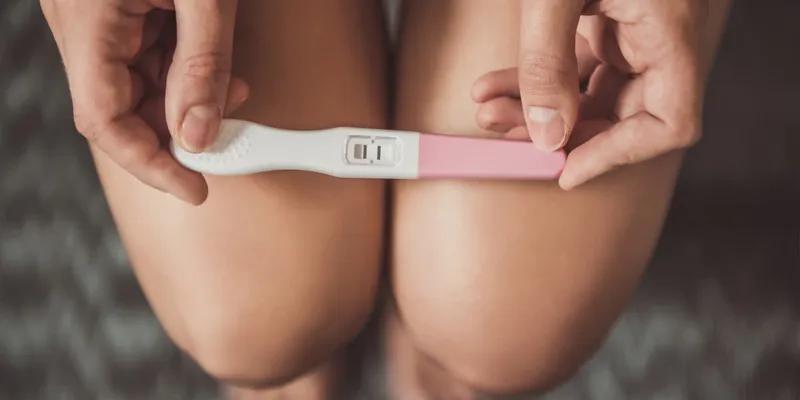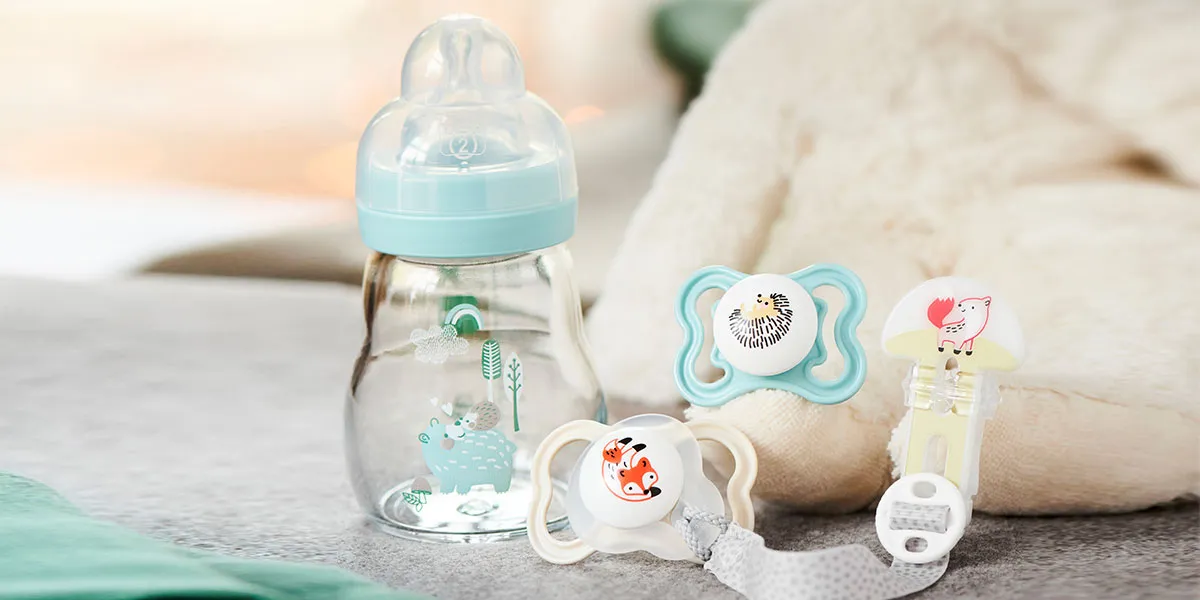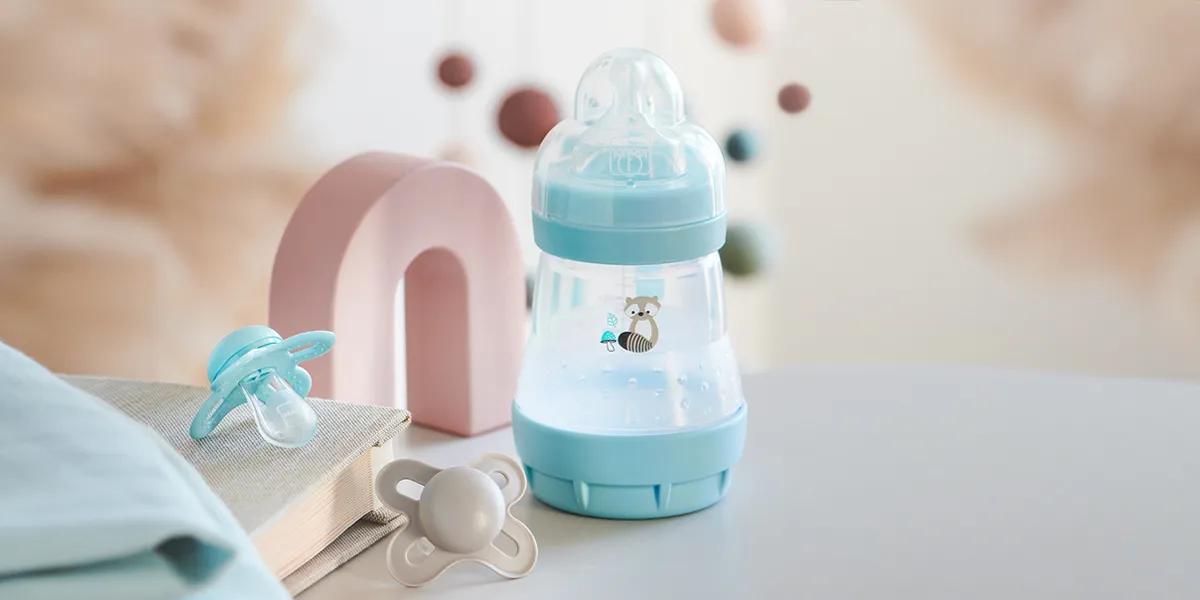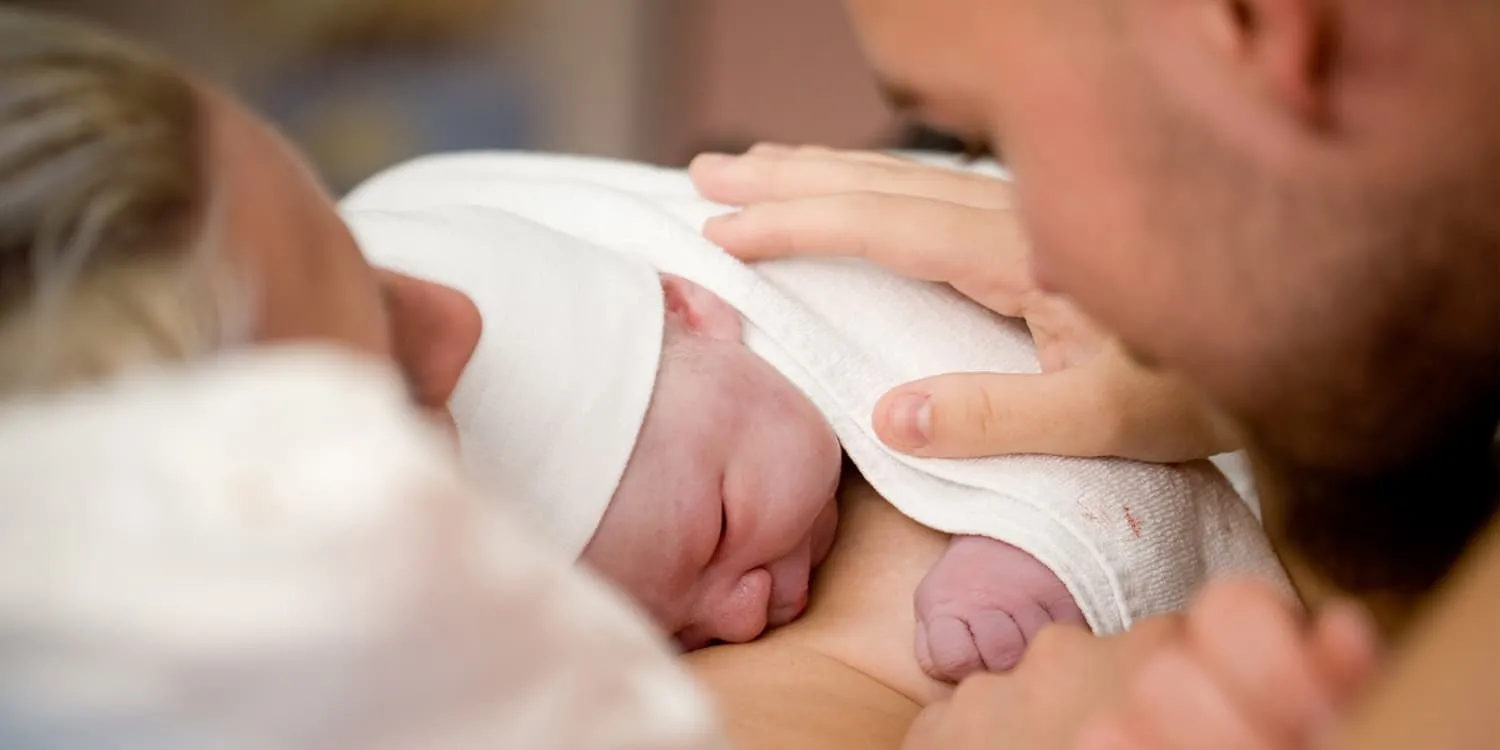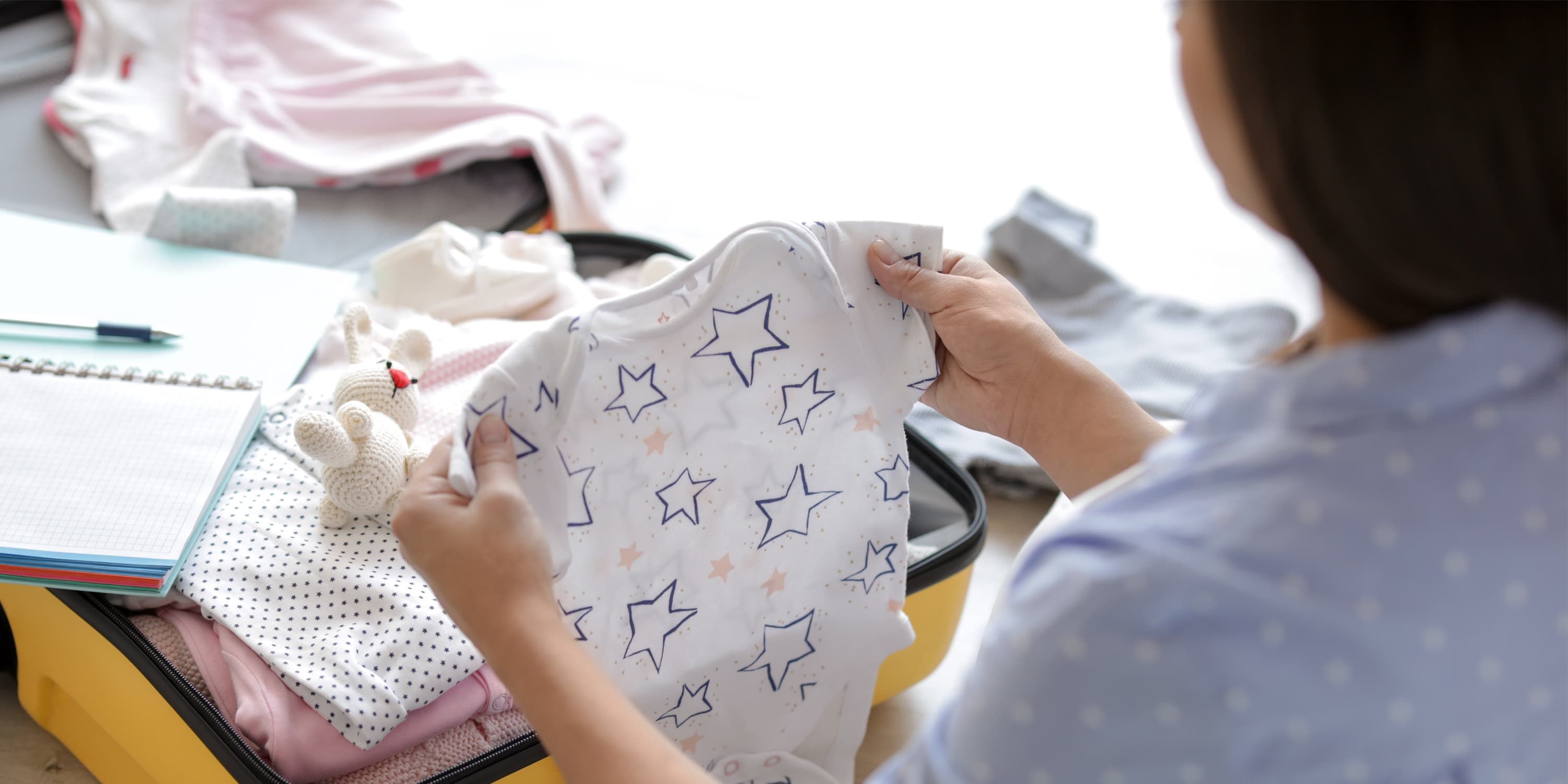At the end of pregnancy, many women yearn to give birth. After all, a growing baby in your tummy can make everyday life increasingly difficult. Contractions may already be occurring and you will be eager to move ahead to the birth itself. But how do you know that it really is time? We talked to expert midwife and health visitor Katie Hilton to get some answers.
MAM: As the birth approaches, what are the signs to watch out for?
Katie Hilton: Several days before labor begins, the expectant mother may notice an increase in vaginal discharge that is pink, brown or slightly bloody. This is called a ‘bloody show’. The discharge is caused by the release of a mucus plug that blocks the cervix during pregnancy and is a sign that the cervix has started to change through tissue thinning and dilatation. Some women may also experience what we call ‘lightening’. This is the sensation that the baby has dropped lower in the pelvis. Your waters may break, which can occur with or without contractions, and you may experience lower backache, an urge to go to the toilet and loose bowel movements. Finally, the most obvious sign that labor has begun will be contractions, which develop into a regular pattern and become more frequent and stronger over time. The defining factor will be that these contractions are causing a change in the cervix leading to dilatation.
MAM: What do contractions feel like?
Katie Hilton: All mothers experience contractions differently. However, as the uterus contracts, you may feel pain in your back or pelvis that can be a bit like menstrual cramps. Labor contractions occur in a regular pattern and get closer together and stronger over time.
MAM: How can you distinguish harmless preterm labor from actual labor?
Katie Hilton: True labor contractions don’t go away even if you change position, such as moving around or lying down. They become stronger and more rhythmic, meaning that they occur at regular intervals. False labor contractions, known as Braxton Hicks, often occur at irregular intervals and subside over time or when you lie down. True contractions tend to start at the back and move around to the front, while false contractions are usually felt only at the front of your body.
MAM: Why is it important to recognize real contractions?
Katie Hilton: It’s important to recognize the difference between true and false labor so you know when to contact your midwife or go to hospital to seek help, support and advice as you prepare for delivery. If your contractions are occurring before you have reached term, it’s important to seek help as soon as possible to reduce the risk of a preterm delivery.
MAM: What should you expect when your waters break?
Katie Hilton: Some women’s waters (also known as membrane rupture) will break with a small trickle, while others may experience a sudden gush. The waters will continue to leak and the mother will need to wear a pad until the baby is born. Every time baby changes position it will let pockets of water escape. The waters will usually be a hay color but they can be green-brown or blood-stained. When your waters break, it is important to make a note of the color and contact the hospital or your healthcare provider.
MAM: What if your waters don’t break despite your contractions?
Katie Hilton: For most women, their waters will break at some point during labor. If you find that yours doesn’t, your midwife or doctor can help you by using a procedure known as an ‘amniotomy’. This involves artificially breaking the waters using an amnihook during a vaginal examination.

MAM: When should you go to the hospital?
Katie Hilton: You should call the hospital or your healthcare provider for advice if your contractions are regular, occurring every 5 minutes and lasting at least 60 seconds. You should also call for help if your waters break, if you experience bleeding or feel you can no longer cope at home or have any concerns or worries.
MAM: What can you expect when you go to the hospital?
Katie Hilton: Once you’re in the hospital and birth is imminent, the process can be broken down into three stages. The first stage is labor, which itself has two elements: the ‘latent phase’ is the very beginning and ends when the cervix is 4cm dilated. This can last for a couple of days and you may find your contractions mild and irregular. The active phase of labor is where the cervix dilates from 4-10cm. By this time, you will be experiencing regular, strong contractions and will probably need the support of a healthcare provider.
MAM: What happens next?
Katie Hilton: As you near the end of the active stage of labor, you will go through a period of transition. You may experience pressure in the perineum and your contractions will be more intense. This marks the start of the second stage of labor, which involves the actual delivery. The final stage is when the placenta is delivered after the baby has been born. Then it’s time to relax, welcome your new baby to the world and enjoy the congratulations of your family, loved ones and friends. The best time of all!
Photos: Shutterstock

